Israel Gohberg, Seymour Goldberg, Nahum Krupnik3764361778, 9783764361778
This book is dedicated to a theory of traces and determinants on embedded algebras of linear operators, where the trace and determinant are extended from finite rank operators by a limit process. All the important classical examples of traces and determinants suggested by Hill, von Koch, Fredholm, Poincar, Ruston and Grothendieck are exhibited. In particular, the determinants which were first introduced by Hill and Poincar in their investigations of infinite systems of linear equations stemming from problems in celestial mechanics are studied. Most of Fredholm’s seminal results are presented in this book by the editors’ own means. Formulas for traces and determinants in a Hilbert space setting are readily derived, again. Also investigated are generalizations to Banach spaces. Furthermore, a large part of this book is devoted to generalizations of the regularized determinants introduced by Hilbert and Carleman, and regularized determinants of higher order in embedded algebras are introduced. Much attention is paid to integral operators with semi-separable kernels, and explicit formulas of traces and determinants are given.
One of the conclusions of this book (based on results of Ben-Artziand Perelson) is that the trace and determinant, which are considered here, essentially depend not only on the operator but also on the algebra containing this operator. In fact, it turns out that by considering the same operator in different algebras, the trace and determinant of non nuclear operators can be almost any complex number. However, an operator is invertible if and only if each determinant is different from zero. Also each of the determinants can be used in the inversion formula.
An attractive feature of this book is that it contains the charming classical theory of determinants together with its most recent concrete andabstract developments and applications. The general presentation of thebook is based on the editors’ work. The material is self-contained and may be used for advanced courses and seminars.
Series: Operator Theory: Advances and Applications, Vol. 116 | |
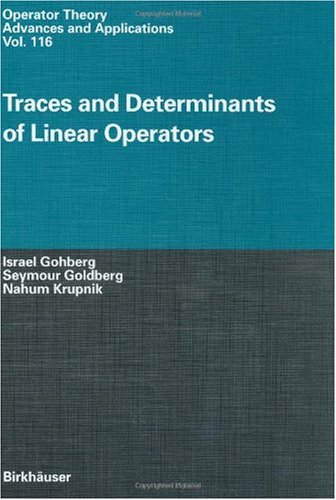
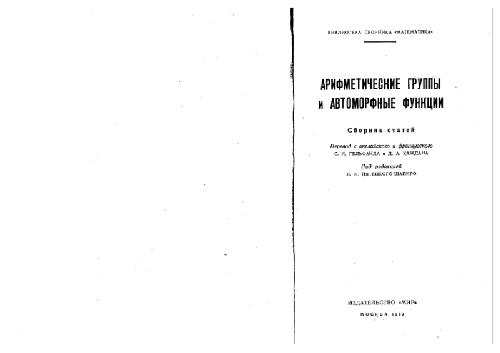
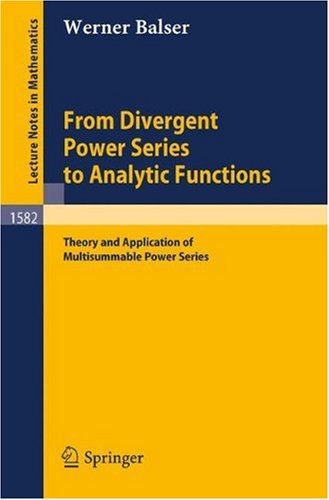
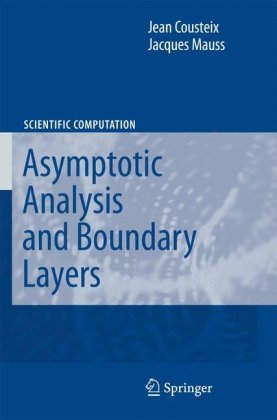
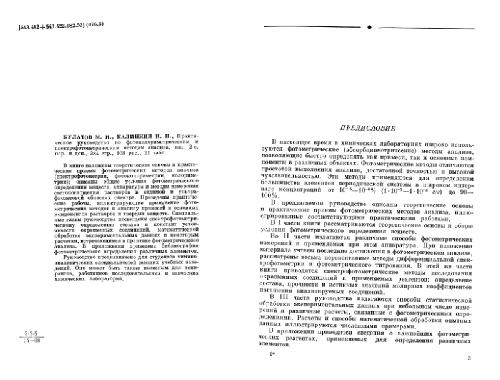
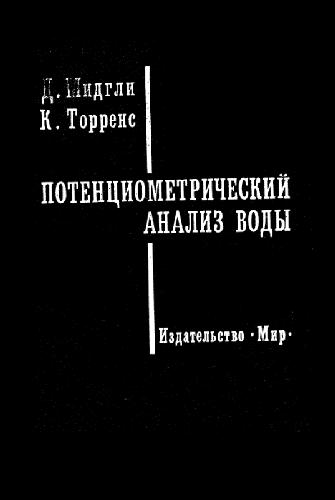
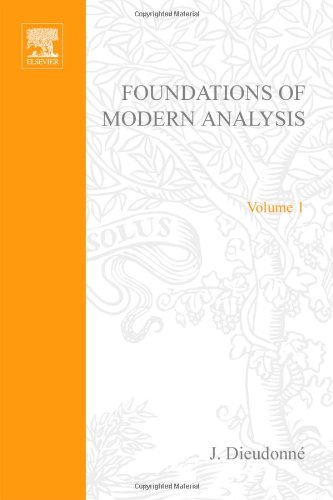
Reviews
There are no reviews yet.